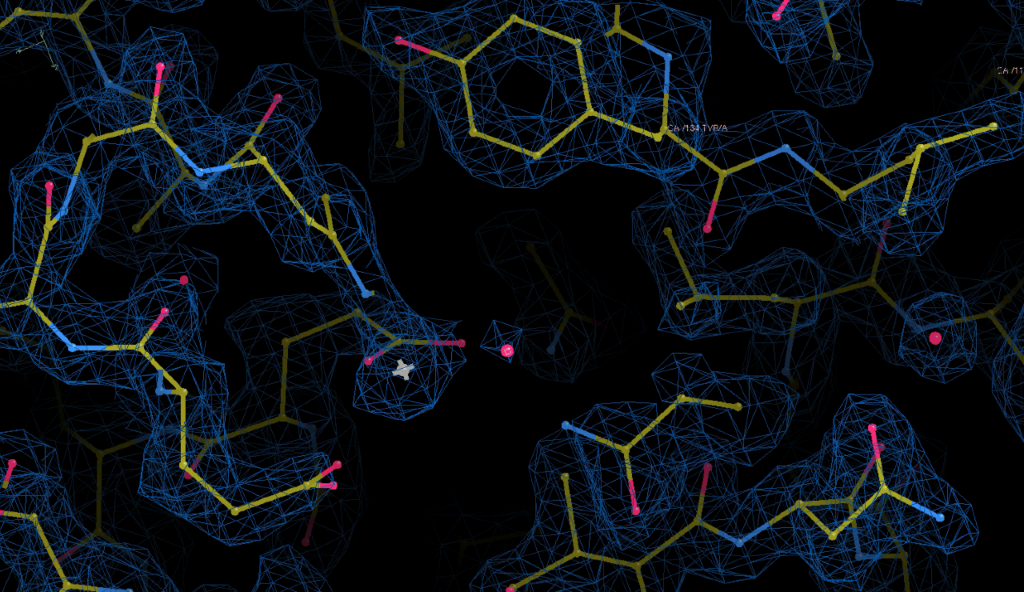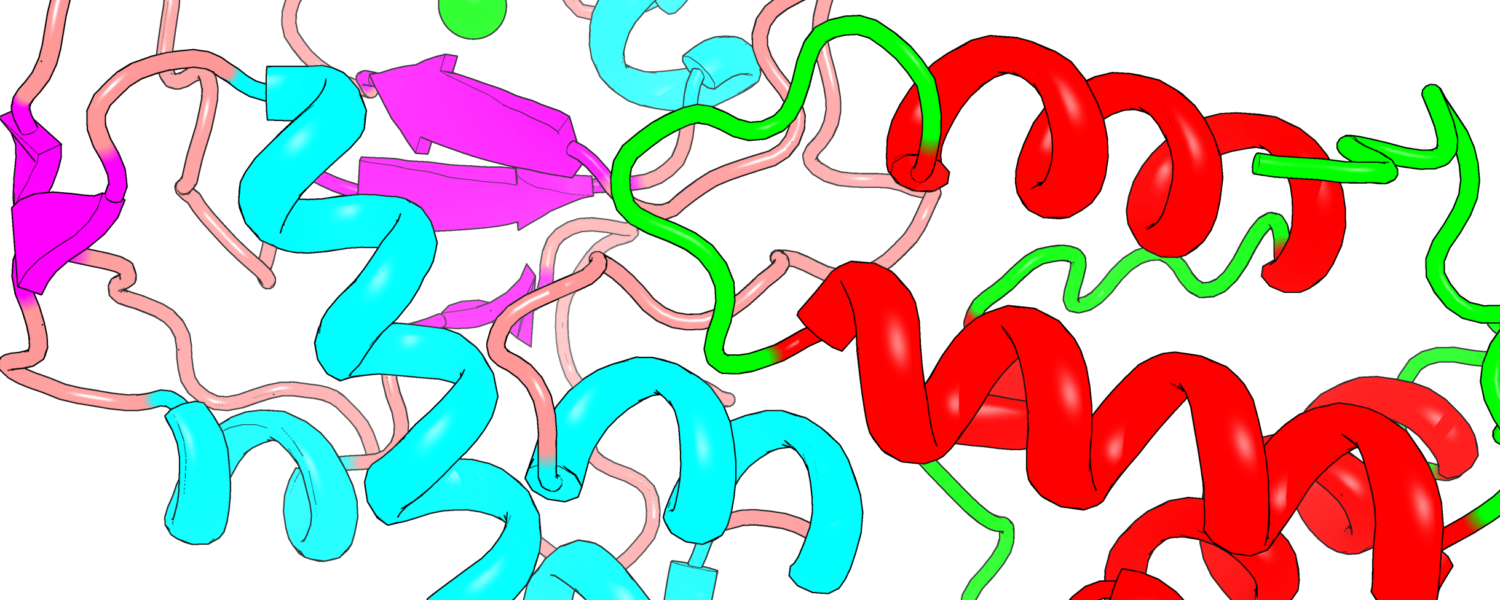Das Mitteldeutsche Zentrum für Struktur und Dynamik der Proteine (MZP) hat sich zum Ziel gesetzt, die Biowissenschaften, insbesondere die Proteinforschung, an der Martin-Luther-Universität Halle-Wittenberg voranzutreiben. Diese interdisziplinäre Einrichtung nimmt eine Vorreiterrolle ein, indem sie modernste Methoden integriert, die für eine hochauflösende Strukturbiologie und molekulare Biophysik entscheidend sind.
Kernspinresonanz (NMR), Röntgenanalyse und Einzelmolekülspektroskopie bilden die Grundlage des MZP-Ansatzes und ermöglichen beispiellose Einblicke in die Struktur, Funktion und Wechselwirkungen von Biomolekülen. Diese Techniken vertiefen unser Verständnis der molekularen Grundlagen des Lebens und eröffnen neue Möglichkeiten für medizinische, biotechnologische und medikamentöse Anwendungen.
In den letzten fünf Jahren hat das MZP die revolutionäre Methode der Kryo-Elektronenmikroskopie (Kryo-EM) eingeführt, die die bestehenden Methoden ergänzt und umfassende Details über Biomakromoleküle liefert. Dieser Durchbruch erweitert die Möglichkeiten des MZP und ermöglicht es Forschern, neue Dimensionen in der Proteinforschung zu erkunden. Für das Land Sachsen-Anhalt ist das MZP von großer Bedeutung. Es positioniert die Region an der Spitze der weltweiten biowissenschaftlichen Forschung und zieht Talente, Investitionen und Kooperationen an. Indem es Innovationen fördert und zu Durchbrüchen im Gesundheitswesen und in der Biotechnologie beiträgt, spielt das MZP eine entscheidende Rolle für den wissenschaftlichen und wirtschaftlichen Fortschritt des Landes. Die vom MZP angewandten Methoden vertiefen nicht nur unser Verständnis der grundlegenden Prozesse des Lebens, sondern positionieren Sachsen-Anhalt auch als wichtigen Akteur auf dem dynamischen Gebiet der Strukturbiologie.

The Mitteldeutsches Zentrum für Struktur und Dynamik der Proteine (MZP) envisions advancing biosciences, particularly in protein study, at Martin Luther University Halle-Wittenberg. This interdisciplinary institution serves as a trailblazer by integrating cutting-edge methods crucial for high-resolution structural biology and molecular biophysics.
Nuclear Magnetic Resonance (NMR), X-ray analysis, and single-molecule spectroscopy form the foundation of the MZP’s approach, providing unprecedented insights into the structure, function, and interactions of biomolecules. These techniques deepen our understanding of the molecular basis of life and open avenues for medical, biotechnological, and drug design applications.
Over the past five years, the MZP has embraced the revolutionary method of cryo-electron microscopy (cryo-EM), complementing existing methods to offer comprehensive details about biomacromolecules. This breakthrough enhances the MZP’s capabilities, enabling researchers to explore new dimensions in protein research. For the state of Sachsen-Anhalt, the MZP’s impact is profound. It positions the region at the forefront of global bioscience research, attracting talent, investment, and collaborations. By fostering innovation and contributing to breakthroughs in healthcare and biotechnology, the MZP plays a vital role in the state’s scientific and economic advancement. The methods employed by the MZP not only deepen our understanding of life’s fundamental processes but also position Sachsen-Anhalt as a key player in the dynamic field of structural biology.

